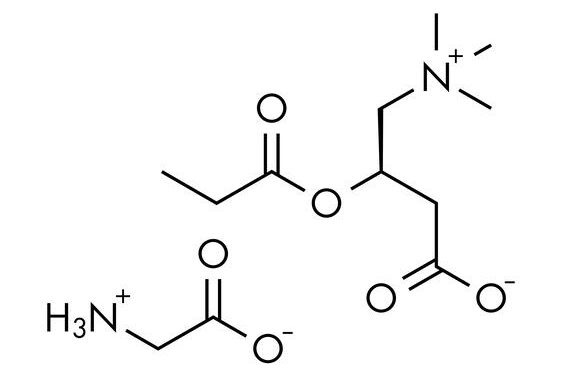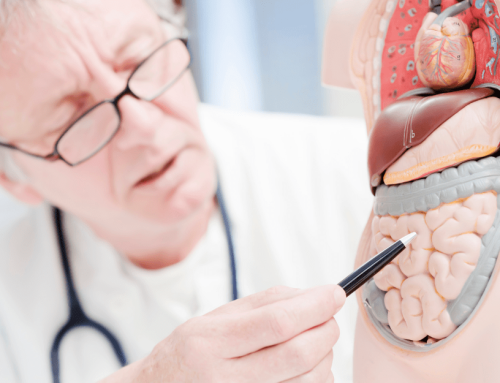From this website.
BACKGROUND:
Recent research has indicated that short term administration of glycine propionyl-L-carnitine (GPLC) significantly elevates levels of nitric oxide metabolites at rest and in response to reactive hyperaemia. However, no scientific evidence exists that suggests such supplementation enhances exercise performance in healthy, trained individuals. The purpose of this study was to examine the effects of GPLC on the performance of repeated high intensity stationary cycle sprints with limited recovery periods in resistance trained male subjects.
METHODS:
In a double-blind, placebo-controlled, cross-over design, twenty-four male resistance trained subjects (25.2 +/- 3.6 years) participated in two test sessions separated by one week. Testing was performed 90 minutes following oral ingestion of either 4.5 grams GPLC or 4.5 grams cellulose (PL), in randomized order. The exercise testing protocol consisted of five 10-second Wingate cycle sprints separated by 1-minute active recovery periods. Peak (PP) and mean values (MP) of sprint power output and percent decrement of power (DEC) were determined per bout and standardized relative to body masss. Heart rate (HR) and blood lactate (LAC) were measured prior to, during and following the five sprint bouts.
RESULTS:
Significant main effects (p < 0.001) were observed for sprint bout order in values of PP, MP, DEC, and HR. There were significant main effects detected for condition in PP and MP (p < 0.05), with values across the five sprint bouts 2.6 – 15% greater with GPLC. Significant statistical interactions were detected between bout order and condition for both PP and MP (p < 0.05). There was a significant main effect of condition for LAC, LAC values 15.7% lower 4 min post-exercise with GPLC (p = 0.09) and with GPLC resulting in 16.2% less LAC at 14 min post-exercise (p < 0.05).
CONCLUSION:
These findings indicate that short-term oral supplementation of GPLC can enhance peak power production in resistance trained males with significantly less LAC accumulation.






